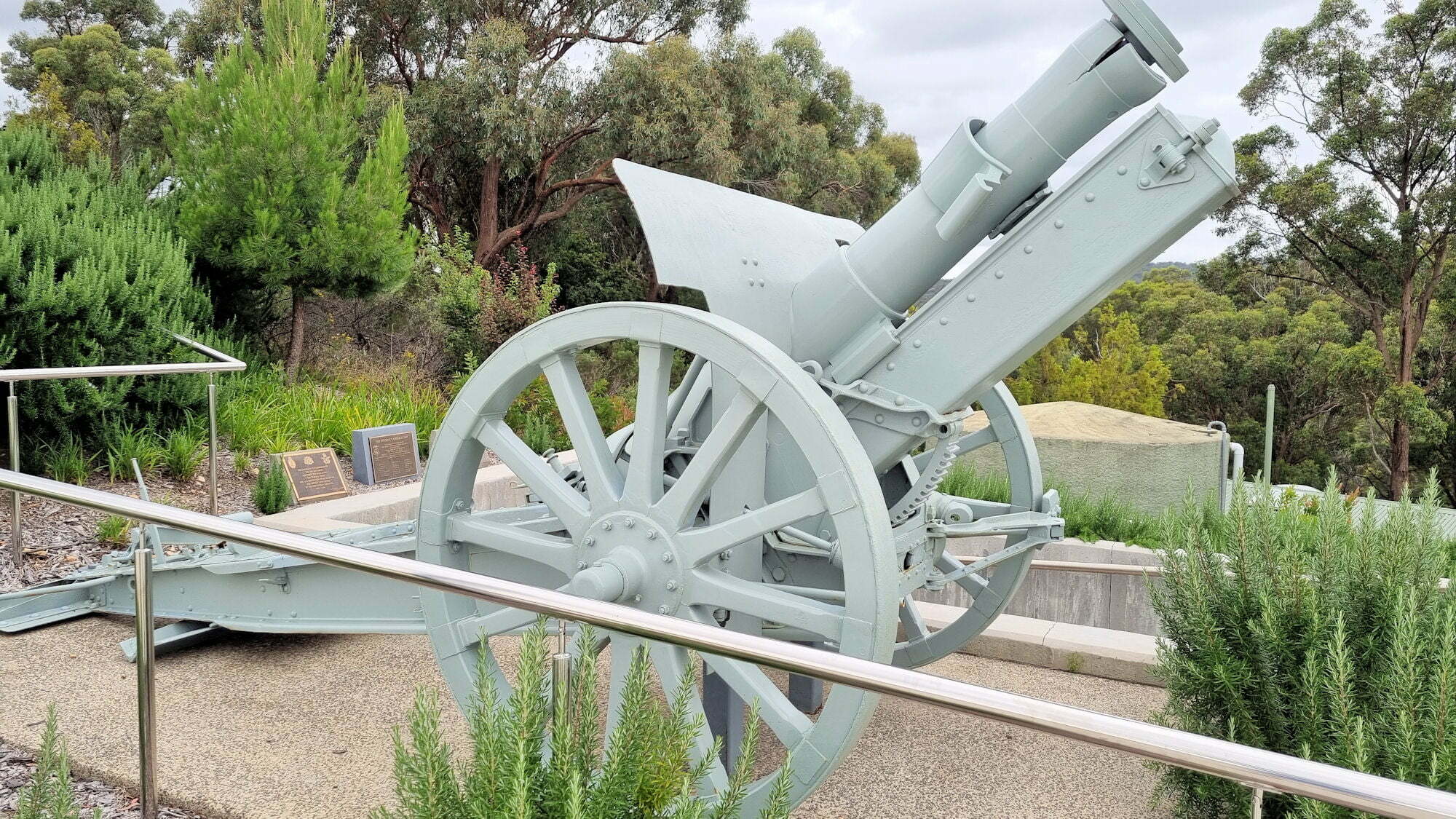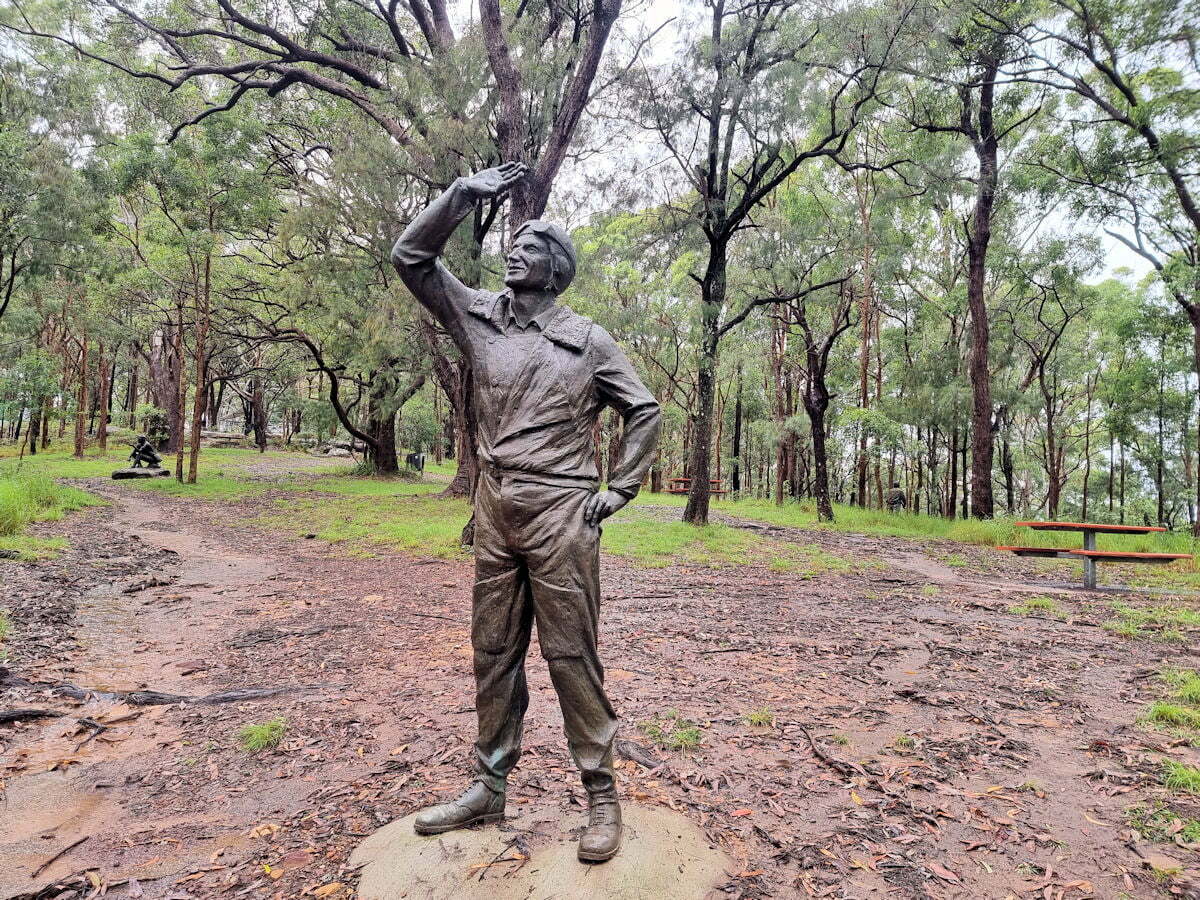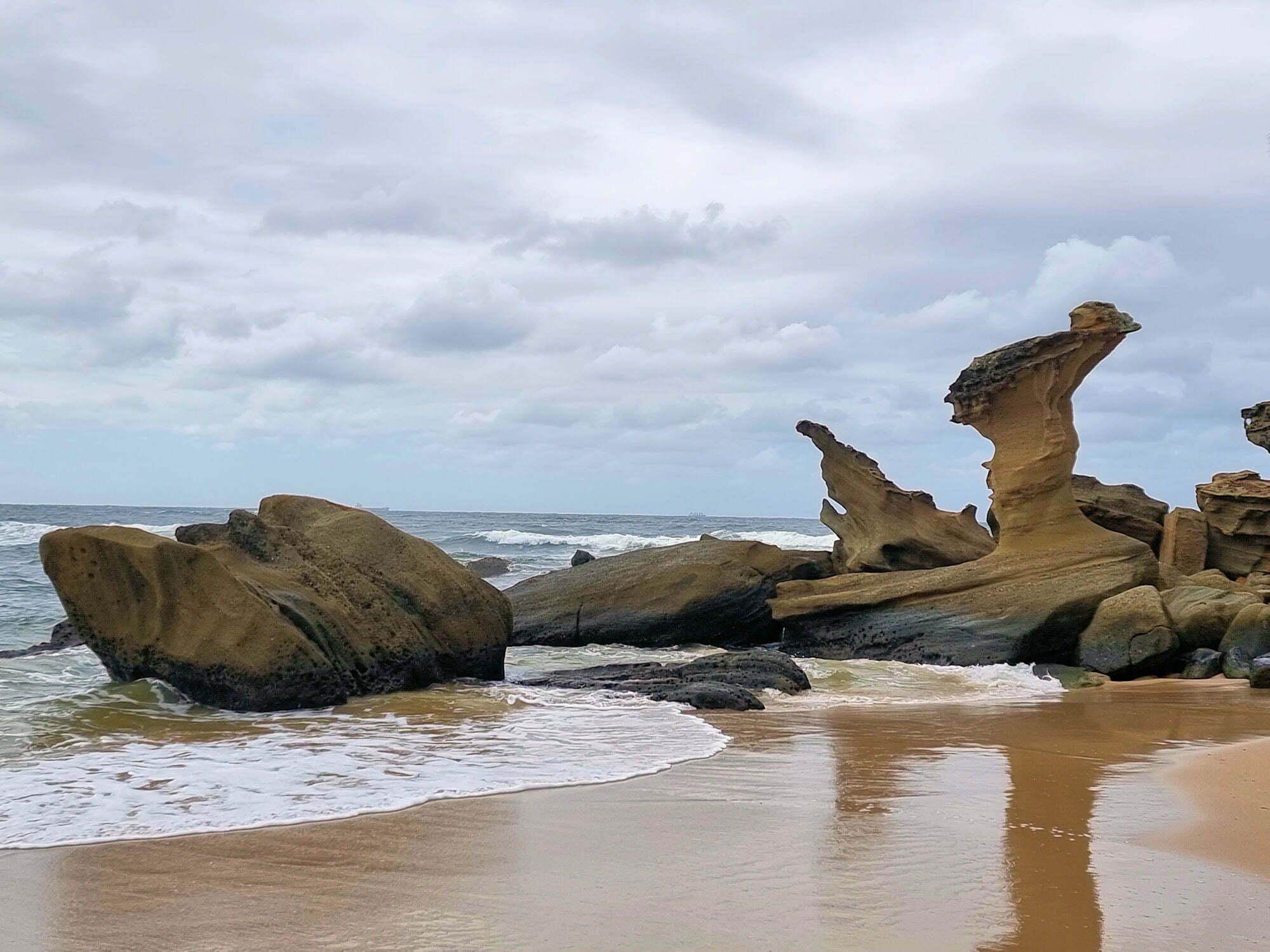Tag: Australia
-
Rocky Hill War Memorial and Museum

Rocky Hill War Memorial and Museum Perched on top of a hill, the Rocky Hill War Memorial and its associated Museum is very different from most memorials we have seen around Australia. Overlooking Goulburn in New South Wales, this 10.5m tall tower was opening in 1925 to commemorate all those who served in the First… Read more
-
Rumbalara Reserve Statues

Rumbalara Reserve Statues On a wet and rainy morning, we decided to go bush walking at Rumbalara Reserve near Gosford to see the statues. The forecast said some light drizzle clearing to a fine day. Well, it rained all the way during our drive there, where on arrival we waited another hour for the rain… Read more
-
Hargraves Beach Rock Sculptures

Hargraves Beach Rock Sculptures Central Coast New South Wales Australia These wonderful rock sculptures are on Hargraves Beach on the New South Wales Central Coast north of Sydney. Formed over thousands of years by wind rain and the sea, they have formed some amazing shapes. The largest one originally had a larger top, but too… Read more